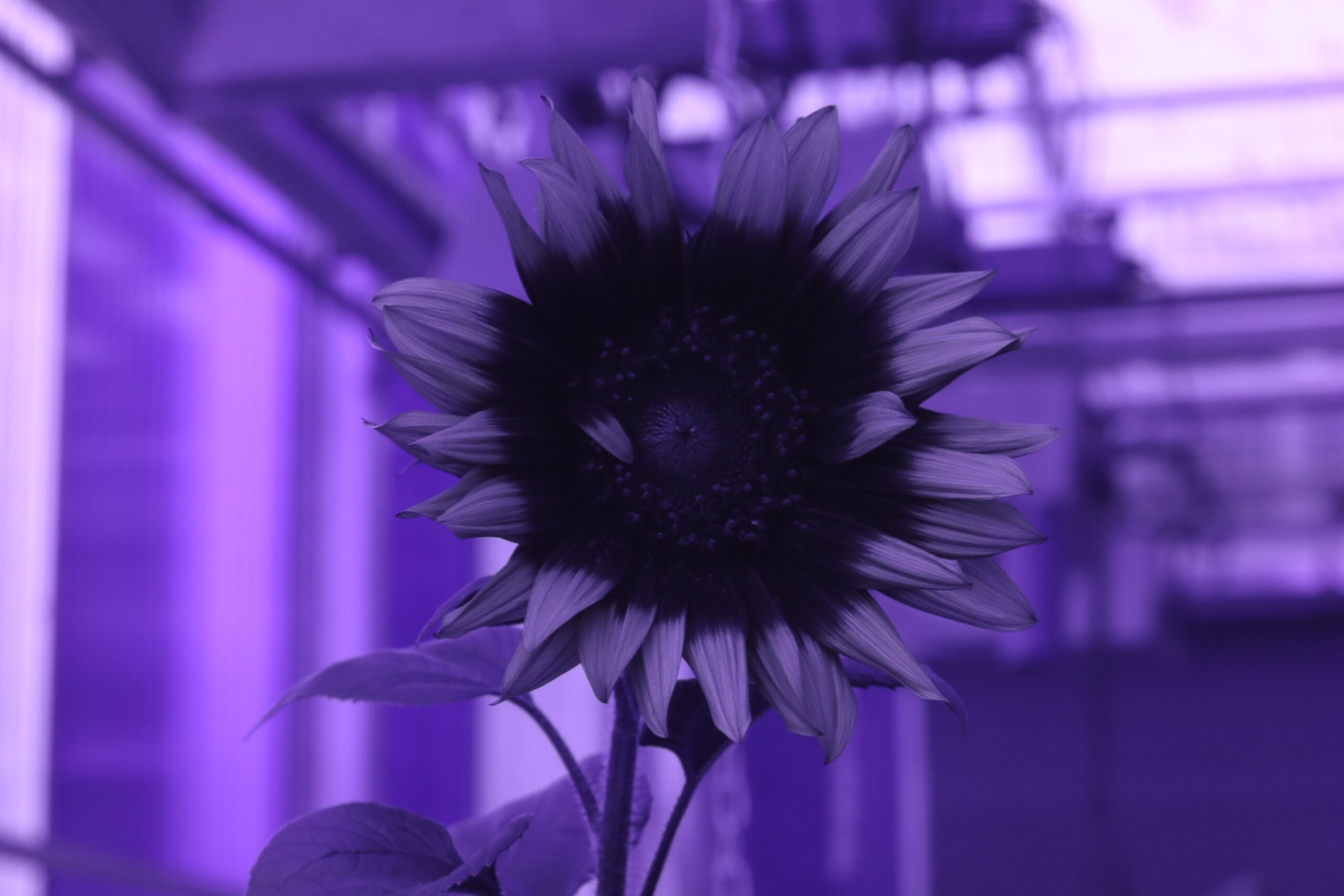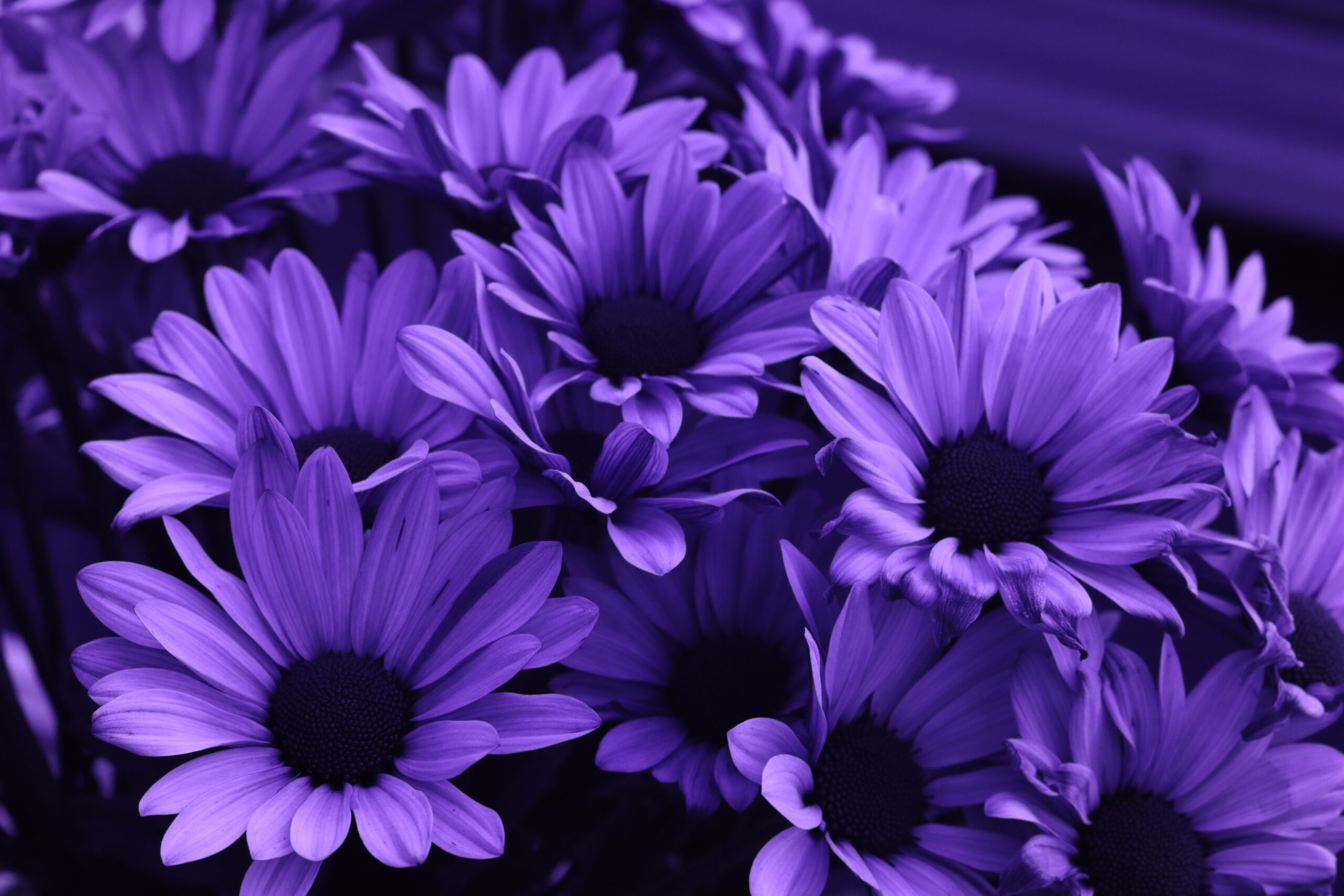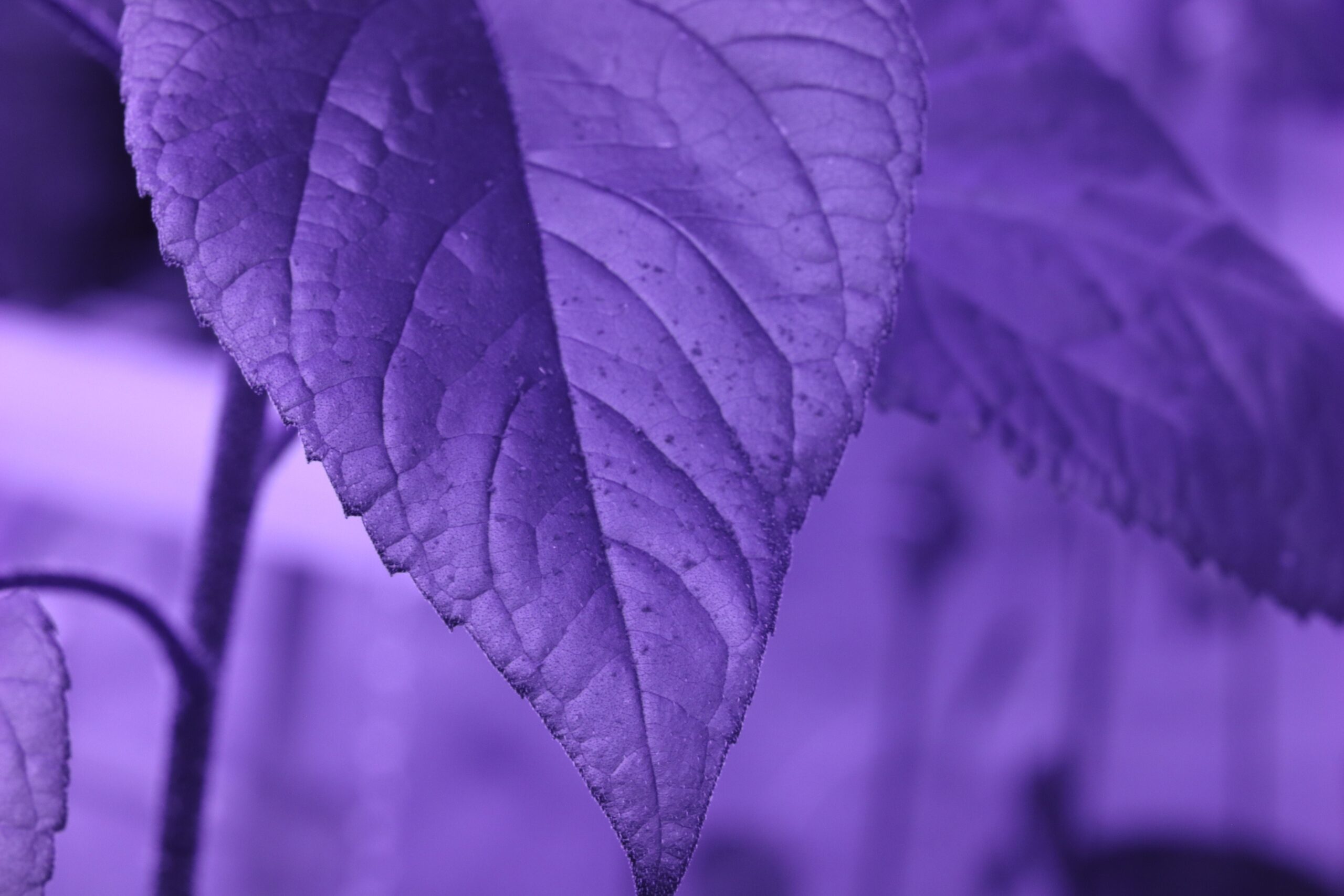345 - 365nm
Imagine yourself as a bee. Hymenopteran species perceive the world partially in the ultraviolet portion of the electromagnetic spectrum, unseen to the human eye. A low-energy range of ultraviolet-A radiation can be visualized through ultraviolet reflectance photography, allowing us to view the world as a bee might see it. Sunflower petals, purely yellow in visible radiation, pop with centralized UV photoprotective chemicals, attracting pollinators by way of these UV nectar guides. Whole plants soak up radiation with those same compounds, protecting the precious photosynthetic tissue within. These photos were taken using a full-spectrum converted Canon R100, Canon EF 50mm f/1.8 STM lens, and Kolari Vision UV-bandpass filter. 22 January 2025 – 15 February 2025, Katelyn Gianni.



Name: Katelyn Gianni
Bio: Katelyn Gianni is a junior studying Plant Science at MSU. She learned ultraviolet reflectance photography through an undergraduate research project on floral nectar guides under the mentorship of Dr. Christopher Ruhland. While her scientific passions lie in plant ecophysiology and floral biochemistry, Katelyn loves capturing and communicating often-overlooked segments of the natural world through her photography and writing.
